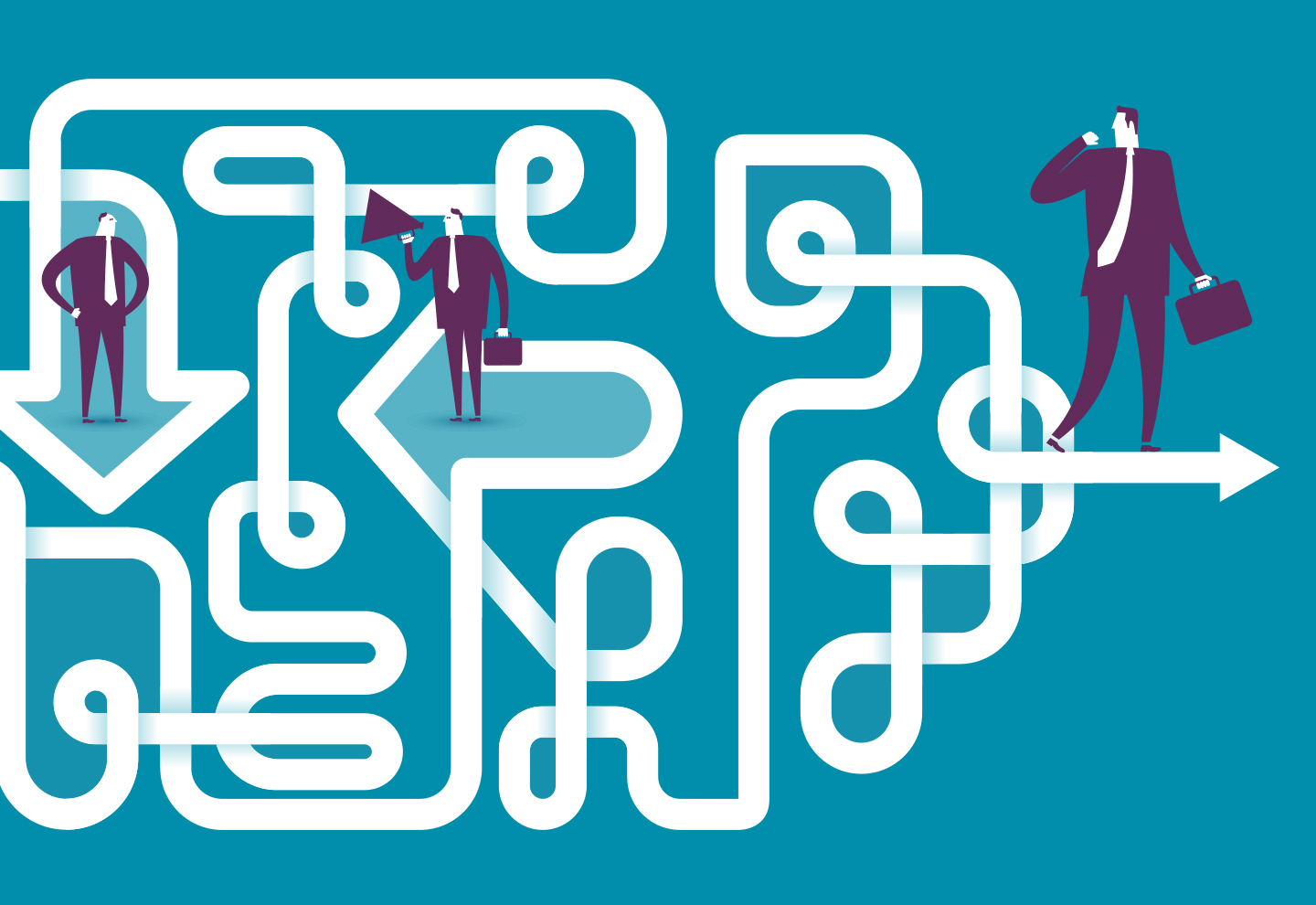From leader-as-executor to leader-as-healer

The COVID-19 pandemic lies within a much larger pandemic that has gone unnoticed – the split between thinking and feeling, doing and being, and mind, body and heart.
A common view of successful leadership is the “leader-as-executor” that operates with instrumental and transactional relationships, and is focused on rational thinking. But what if we integrated being and doing, thinking and feeling, and right and left brain, allowing leaders to operate from a place of deeper inner coherence and connectedness?
In this webinar, Visiting Professor of Leadership Nicholas Janni and Professor of Leadership and Organizational Change Michael Watkins delved into the topic of why an upgrade of leadership is urgently needed. They explored the necessary inner qualities of the “leader-as-healer”, emotional intelligence, and why meditation and mindfulness are essential practices.
“One of the joys of being an educator is that you are also a student, passionately devoted to study and looking at the world and at people,” said Professor Janni, who made reference to his artistic background and said he deeply values the creative process.
The leader-as-healer
The leader-as-healer idea sees the world and its people with clearer perception and understanding, said Professor Janni. He posited that while we’re in the middle of a life-changing pandemic, the bigger pandemic of fragmentation is a greater worry. Our culture favors thinking and doing as dominant functions, and this has severe implications as it massively reduces our feeling and sensing capacities.
“Our thinking, our feeling and our sensing are now separate, they don’t operate as a coherent unit,” he said. “We limit our relationship to the world and this has become normalized so we don’t even realize it.”
Professor Janni said that 95% or more of the leaders he meets are in an “operating system” dominated by thinking. He noted: “Remember what Einstein said, `Is our mind our master or our servant?`”
Healing is a restoration of our deeper natural state, in which feeling, sensing and thinking operate as a coherent whole. According to Professor Janni, this has changed the lives of many people he has worked with, from entry-level to C-suite executives.
“Peak performance” is the goal
Professor Janni presented his triangle of core parts of the human being:
- Doing, which is left-brain and includes rational, analytical and problem-solving behaviors; and
- Being, which is right-brain and includes reflective, intuitive and resting behaviors, as well as deep receptivity.
At the top of the triangle is peak performance, which is not either or, but a confluence of our two operating systems.
“We internally rest in a bowl of being,” said Professor Janni, expounding on what exactly that means. “The doing can be very fast but is much more precise and we get much more done with much less effort.”
Professor Watkins noted that he deals with many corporate transitions in his work with executives. In these situations, they often get deep into the doing – deciding and acting – earlier than they should .
By focusing on being and connecting, we can learn to tolerate the discomfort generated by uncertainty and ambiguity. Professor Janni encouraged the audience to attend meetings in which they allowed themselves to sit quietly and feel discomfort, and not to rush to action.
“Let’s rewrite how we think about and relate to emotion,” said Professor Janni. “Contrary to popular opinion, fear does not block you. What blocks us is that we feel fear and don’t know how to address it.”
Professor Watkins brought up the idea of limits, and said that when we reach those limits we break. By tackling the build-up of stress and negative emotion head-on, we can use healing as “a fundamental reorientation to what’s going on right now”.
The process of “attunement”
One core element of healing is “attunement” to the emotions of others, what Professor Janni described as inner relocation. A simple way to “attune”, he said, is to:
- Close your eyes
- Bring a difficult person in your awareness zone
- Let yourself feel what’s going on inside that person – be it stress, sadness or anxiety
- Feel these emotions and then let them go
“We live in a multi-dimensional information system and my thinking mind only gets a part of that information,” Professor Janni said. “This will help you get a full picture of the information available – all the levels of insight – without being stuck in your thinking.”
Leaders are already scared, so how can they dare to become attuned to people when they have so much on their plate already?
According to Professor Watkins, people want to feel their leaders can relate to them, especially since the COVID-19 crisis.
“My training as leader makes me a problem-solver,” he said. “But this attunement is not about feeling you have to solve someone’s problems. It’s about having them feel heard and understood, and to help them find their own solutions.
Professor Janni insisted that learning to focus on healing give you another resource as a leader. By using techniques like “attunement”, it helps leaders relate to staff and support their functioning and their capacity in a much more advanced way.
Healing vs spiritual beliefs
“Does this mean we need to become spiritual?” was the overwhelming question from the audience. And if so, do we have to use the word healing, which can have a negative connotation in many industries, business environments and cultures?
It is not about belief systems, but consciousness, said Professor Janni. This is hard science, he explained, noting that we have the technology to measure what’s going on in people’s brains when they meditate and objectively see they are in a more relaxed state.
It’s not about being a victim – all of us should reintegrate the parts of ourselves we have hidden or pushed away – insisted Professor Janni. This is a lifelong journey for anyone who is genuinely interested in reaching their full potential. The parts we have pushed away include hurt, scarred parts, and also higher functions of thinking and insight.
“Mindfulness is used in prisons, hospitals and school with real results,” he said. “It is becoming mainstream for leaders and that is a very good thing.”
The timeless wisdom of many ancient traditions is finally making its way back to being a crucial resource and re-balancing influence in our contemporary world.
Research Information & Knowledge Hub for additional information on IMD publications

Audemars Piguet CEO Ilaria Resta leads with circular leadership—blending tradition, innovation, and empathy to reshape the future of Swiss luxury.
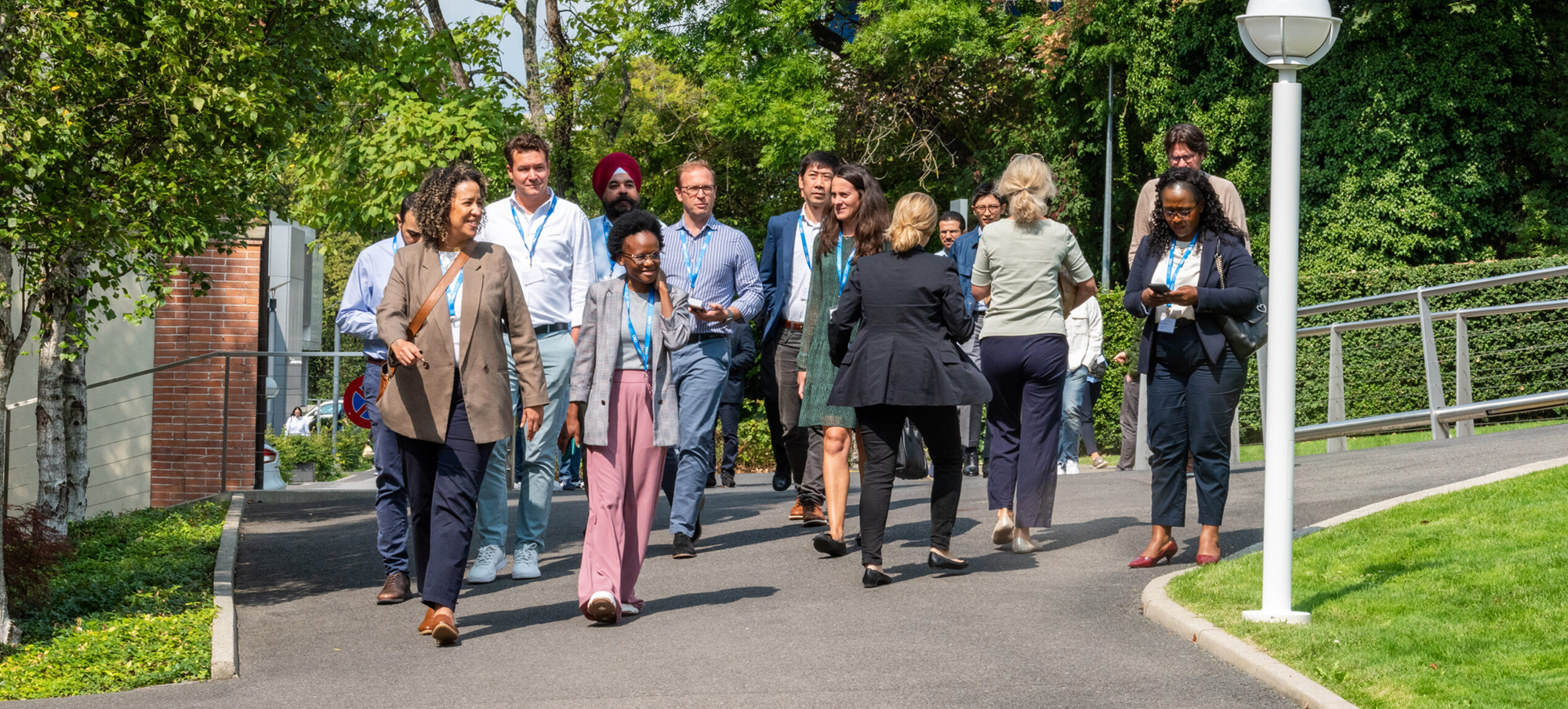
Business schools must champion values-led leadership as companies retreat from DEI. Now’s the time to stand firm and lead by example, says David Bach.

Understanding the 4 types of responsible leader helps you blend styles, avoid pitfalls, and meet challenges while managing stakeholder expectations effectively.

Geopolitical turmoil and its workforce impact demand a systems thinking approach from CHROs, argue IMD’s Katharina Lange and Simon Evenett.
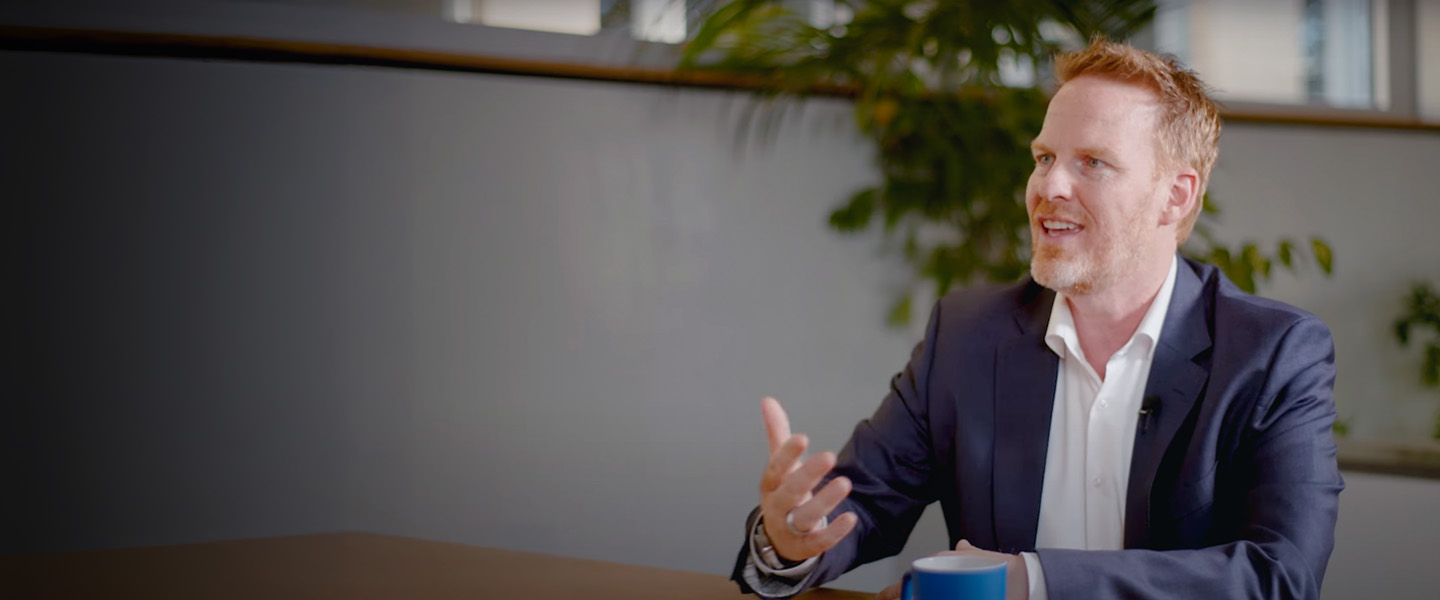
This episode takes you behind the scenes of a recent gathering led by the World Business Council for Sustainable Development together with IMD, where David Bach sat down with two sustainability leaders.

All organizations should have a plan to secure trust during, after (and even before) a crisis hits. Here are a host of examples, good and bad, to learn from.

Tired teams, wasted weekends, and unread reports—here are 7 ways to restore morale and reignite performance. Avoid unnecessary reporting and non-essential tasks.
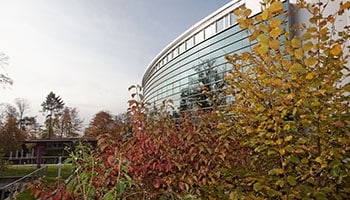
The Handtmann case examines the co-CEO leadership model in the context of family business. Based on interviews with three key executives – the co-CEOs and the President of the Advisory Board – the case focuses on how Handtmann handled the leadersh...
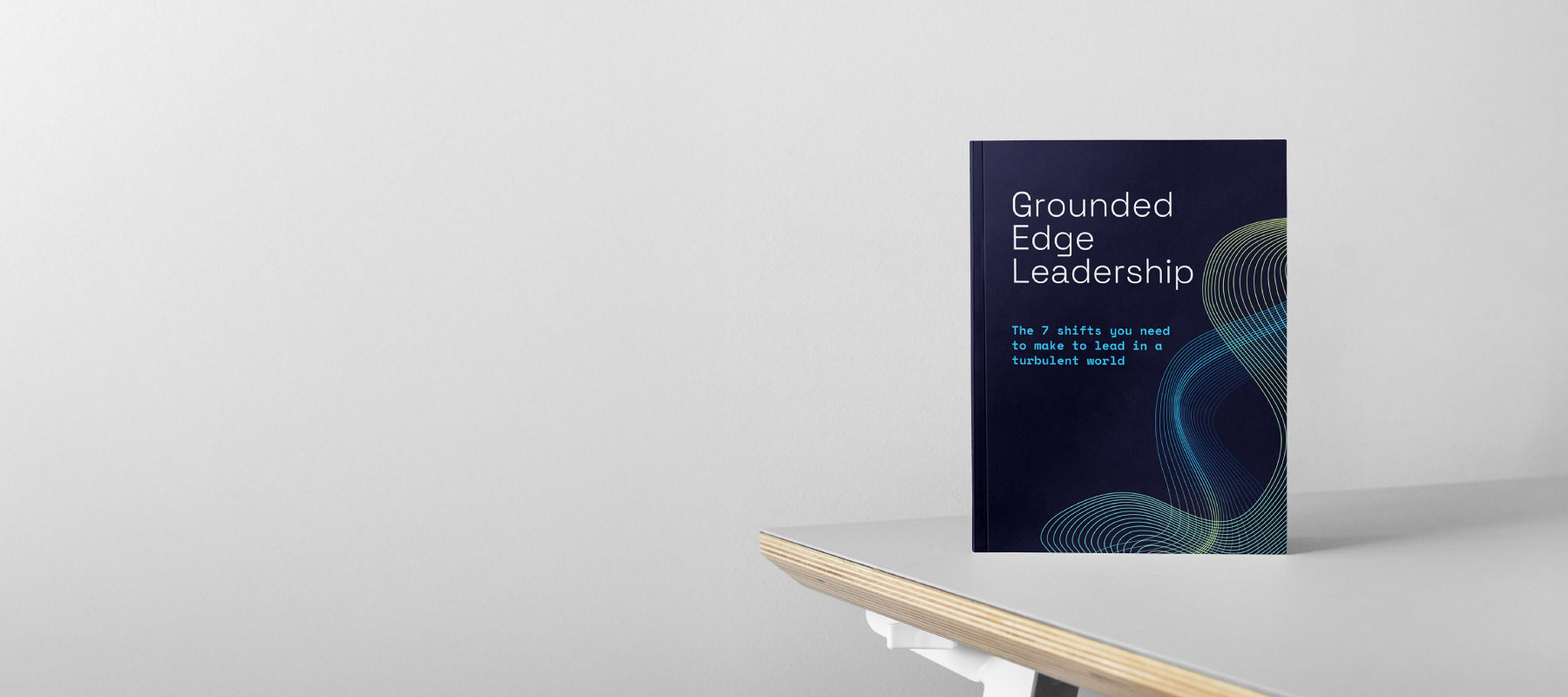
The 7 shifts you need to make to lead in a turbulent world for acuity and inner rootedness. Grounded Edge Leadership.
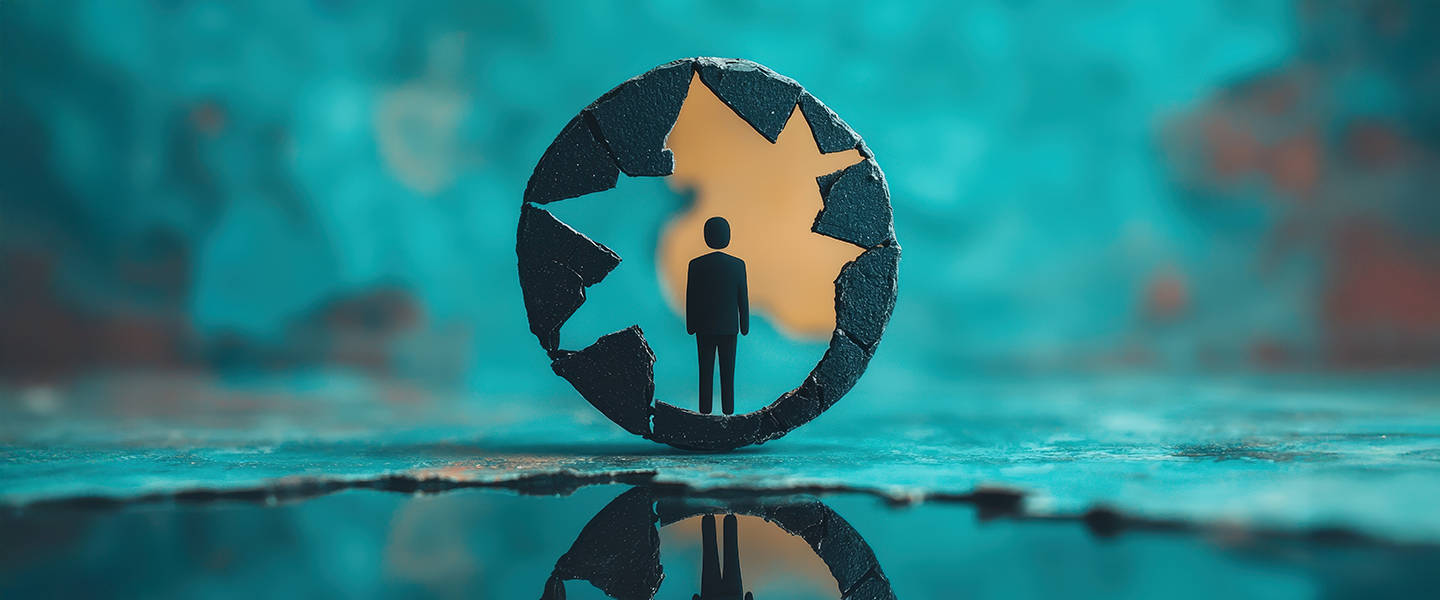
Anxiety can sharpen focus, but if it impacts your well-being or leadership, it’s worth a check-in. These helpful questions may help you reflect.
Research Information & Knowledge Hub for additional information on IMD publications
Research Information & Knowledge Hub for additional information on IMD publications
in I by IMD
Research Information & Knowledge Hub for additional information on IMD publications
Research Information & Knowledge Hub for additional information on IMD publications
Research Information & Knowledge Hub for additional information on IMD publications
in I by IMD
Research Information & Knowledge Hub for additional information on IMD publications
in I by IMD
Research Information & Knowledge Hub for additional information on IMD publications
Research Information & Knowledge Hub for additional information on IMD publications
Research Information & Knowledge Hub for additional information on IMD publications
Research Information & Knowledge Hub for additional information on IMD publications
